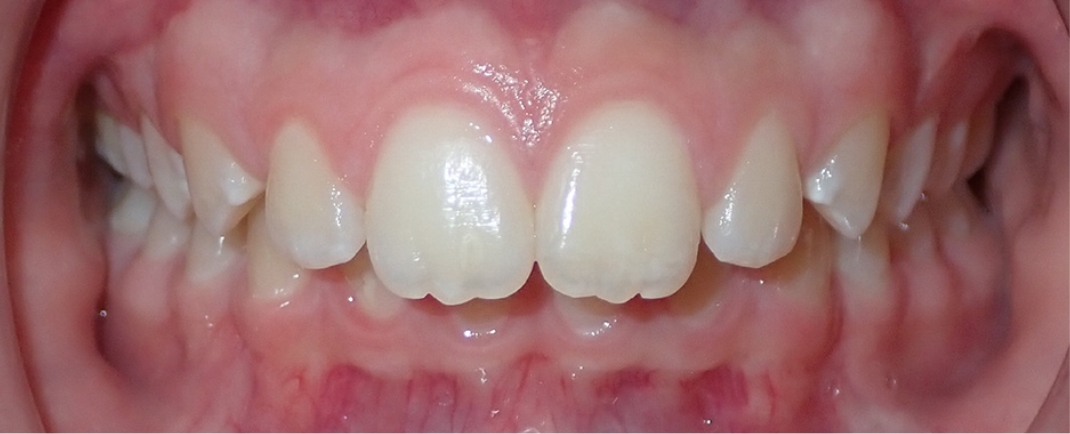

Can Invisalign Fix Overbite? What About Other Malocclusion Types?
Amaya began orthodontic treatment for her overbite at the young age of eight, choosing Invisalign over braces, which transformed her smile and sparked a major boost to her confidence. Working with Dr. Joffre and his team at Square Smiles also came with unexpected comfort and ease, considering that the “regular” dentist still makes her a bit nervous.
On the personal side, Amaya loves playing sports and baking, neither of which was hindered by Invisalign. She had no worries about soft-tissue injuries due to her hardware while playing sports; and she didn’t have to worry about food restrictions—she can easily remove her aligners to taste-test her latest culinary creations.
So, can Invisalign fix overbite? Indeed! It has for Amaya and so many other patients. Dr. Joffre’s status as a leader in orthodontics and Diamond+ Invisalign provider means he can address almost any type of malocclusion with the revolutionary clear aligner system.
What Can Invisalign Do?
Invisalign’s unique design and technology make it a versatile solution for many types of malocclusions, including:
- Overbite: In an overbite, the upper teeth overlap the lower ones inwardly, leading to potential gum or jaw issues. Amaya faced this dental condition, and sought Invisalign treatment, effectively correcting her overbite in less than a year. With Invisalign’s aligners gradually shifting teeth toward ideal positions, overbites can indeed be reduced and often entirely corrected.
- Underbite: This condition is where the lower teeth protrude past the front teeth. Creating an upward overlap, underbites can result in uneven tooth wear and bite difficulties. Invisalign can help shift the lower teeth back and the upper teeth forward, better aligning the bite.
- Crossbite: This occurs when some upper teeth sit inside the lower teeth instead of outside. Such malalignment can lead to tooth wear, gum disease, and eventually bone loss. Invisalign’s system effectively assists in aligning the misaligned teeth into a proper position.
- Gap teeth (diastema): Larger spaces between teeth can lead to gum problems that are effectively mitigated by Invisalign aligners, pulling such separated teeth together.
- Open bite: If the upper and lower teeth don’t meet when the mouth is closed, it results in an open bite, a significant cause of speech and eating difficulties. Invisalign can assist in pushing these teeth together for improved function.
“I always feel like something good is going to happen [when I come to Square Smiles], because the last time I came in here like a long time ago, I had a really bad overbite. I look at myself now, and I wouldn’t even believe that it was still me.”












